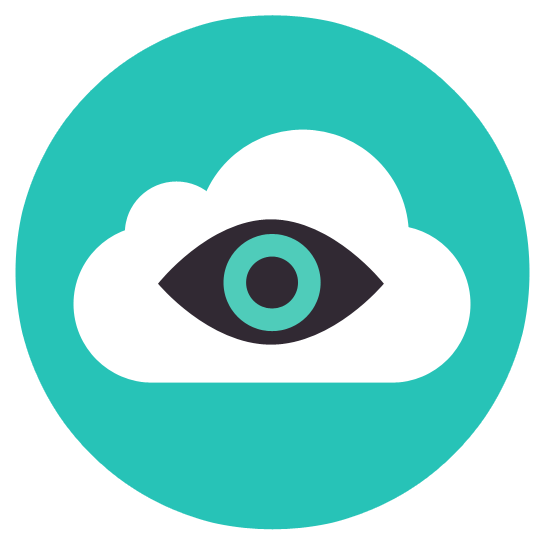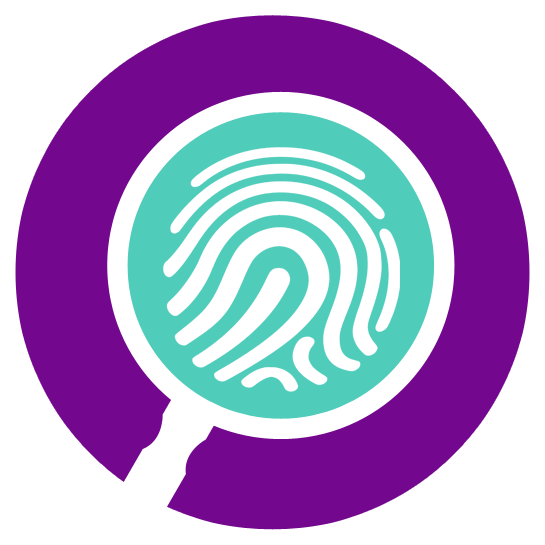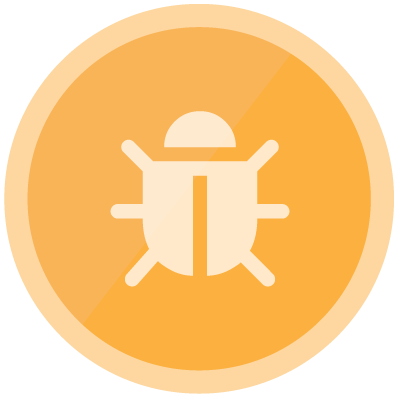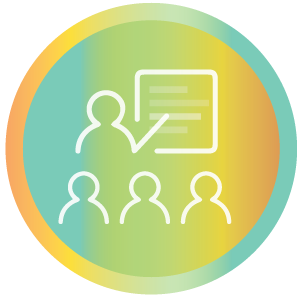Teaching Cybersecurity
The CodeHS Cybersecurity course prepares students with crucial skills to be responsible citizens in a digital future and protect themselves from the growing threat of cyber attacks. With the CodeHS online Professional Development course, we'll train teachers at your school to teach an excellent Cybersecurity course. No programming experience is required. Teachers will gain the skills, pedagogical knowledge, resources, and confidence to lead a great cybersecurity class with CodeHS.

-
No programming experience required
-
Flexible self-paced timeframe
-
In-course support & help resources
Course Overview
Here is an outline of the course modules:
 |
 Welcome
Welcome
In this first module we give you an overview of the Cybersecurity Professional Development course. We'll learn about key principles and ideas for teaching the course, discuss access and equity in the field of Computer Science, and set goals and expectations for how to make the most out of this course. |
 |
 Cybersecurity Bootcamp
Cybersecurity Bootcamp
In this first module we give you an overview of the Cybersecurity Professional Development course. We'll learn about key principles and ideas for teaching the course, discuss access and equity in the field of Computer Science, and set goals and expectations for how to make the most out of this course. |
 |
 Using CodeHS Effectively:
Using CodeHS Effectively:
In this short module you will gain an understanding of what CodeHS brings to your classroom, and learn how to use the CodeHS platform effectively. |
 |
 Teaching Cyber Hygiene
Teaching Cyber Hygiene
In this module we'll go over teaching the basics of cyber hygiene. We will cover common misunderstandings, explain ways to teach these concepts in the classroom, and how to grade student work. |
 |
 Teaching Cryptography and Security
Teaching Cryptography and Security
In this module we'll go over teaching the basics of cryptography and security. We will cover common misunderstandings, explain ways to teach these concepts in the classroom, and how to grade student work. |
 |
 Basics of Debugging
Basics of Debugging
Debugging is locating and fixing errors in programs, and is one of the most important skills for your own programming as well as grading others’ code. In this module we’ll identify common errors, and teach you effective debugging strategies that you can model and teach to your students. |
 |
 Teaching a Blended Coding Class
Teaching a Blended Coding Class
Learn what leading a blended classroom with both online and offline activities looks like, and learn helpful ideas and best practices for incorporating online learning into a traditional classroom. |
Course Format
Our professional development course is offered entirely online and is made up of a series of learning modules that cover both the basics of cybersecurity and the pedagogy of teaching cybersecurity in a blended classroom. Each module is made up of short video tutorials, programming exercises, open-ended responses, debugging problems, and grading practice.The course is high-touch, with teachers receiving personalized feedback and support from our PD team after completing each activity. The course takes approximately 30 hours. Teachers can complete it on their own time, during summer, school professional development days, or school holidays.
Who is it for?
The CodeHS Online PD is designed for passionate teachers who are interested in teaching cybersecurity, but do not necessarily have a background in cybersecurity. No experience is required to take the professional development course.The course can also be for people who are experienced programmers but have not taught in the classroom before. The focus on the pedagogy of teaching computer science and leveraging the blended classroom format makes the online PD an extremely helpful experience for new teachers.

